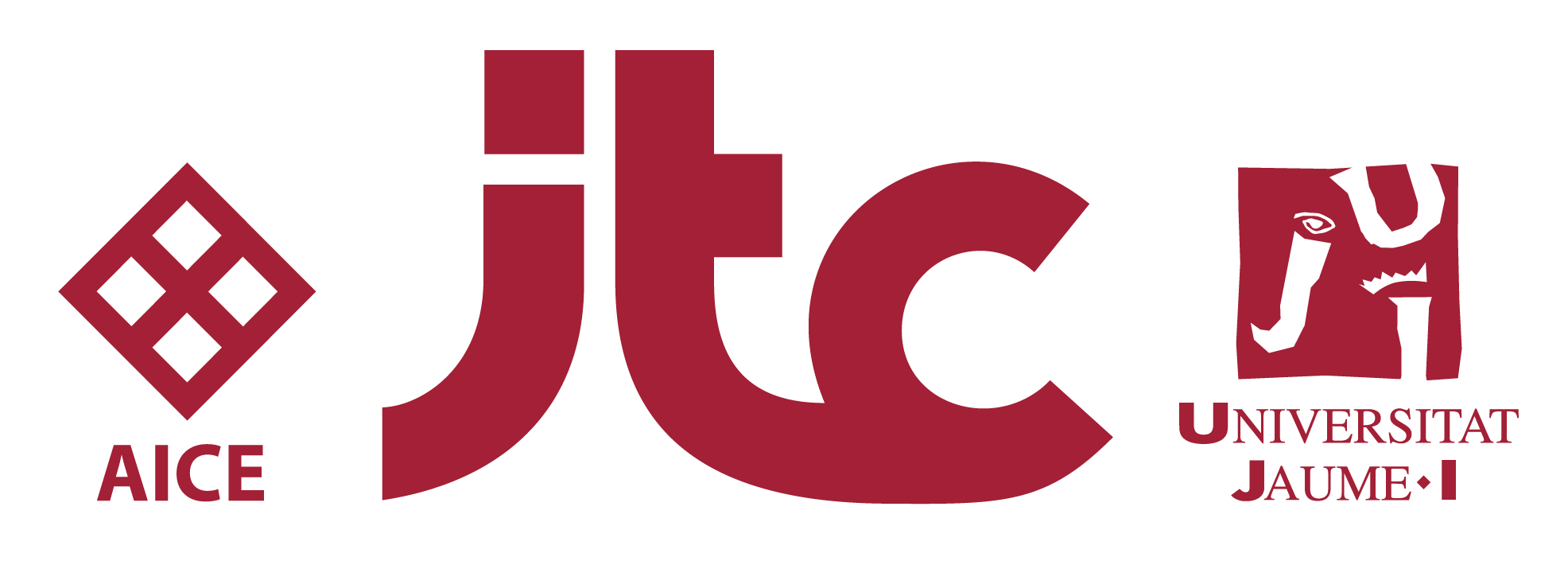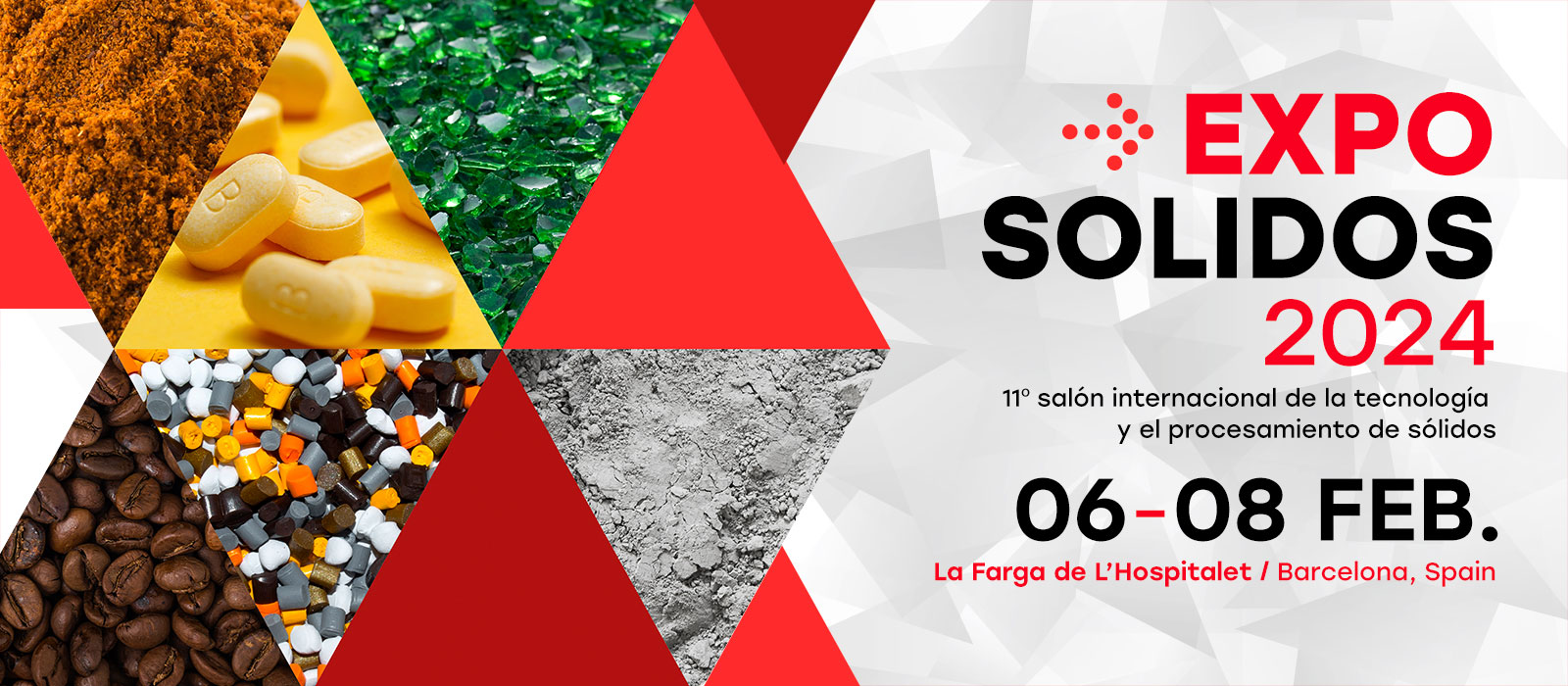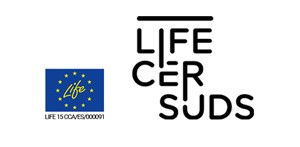
Diseño y optimización de nuevos sistemas (activos y pasivos) mediante simulación. Como es el caso del aprovechamiento del aire de una cámara ventilada o un sistema de enfriamiento evaporativo en fachadas. Además, se simula y evalúa la contribución a la eficiencia energética de elementos constructivos.

Desarrollo de prototipos, sistemas, monitorización y evaluación del funcionamiento en condiciones reales de exposición, tanto a escala como en edificios reales.
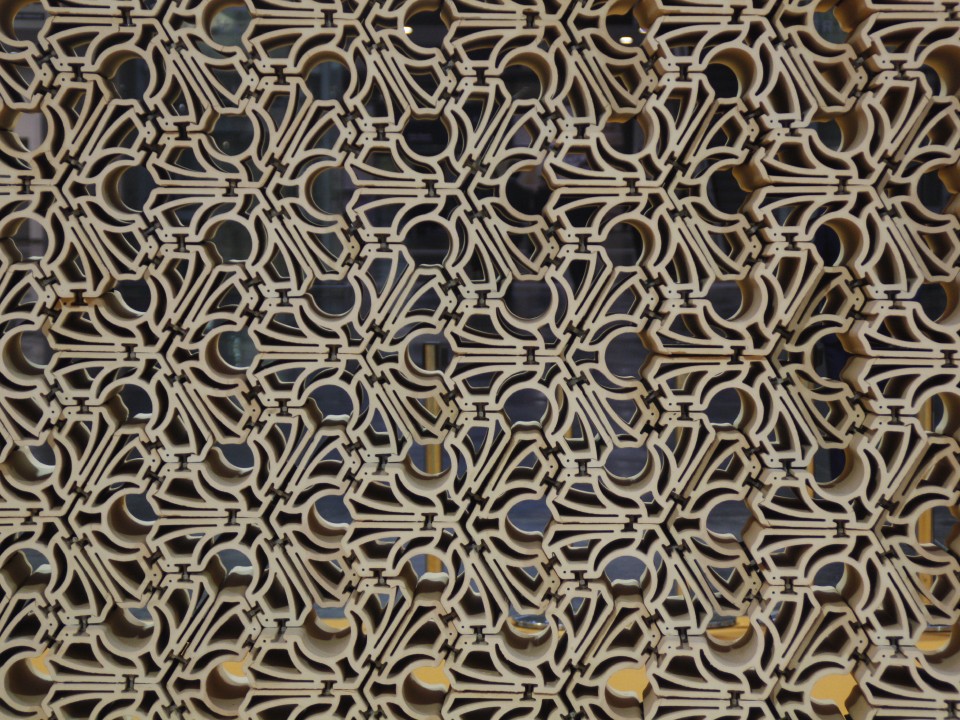
The design of new construction systems enables ceramics to be incorporated as an extremely versatile, at times irreplaceable, material when it comes to meeting architectural design specifications. The possibility of integrating sensors with different actuators opens up a huge field on enabling these systems to interact with the individual or the environment.
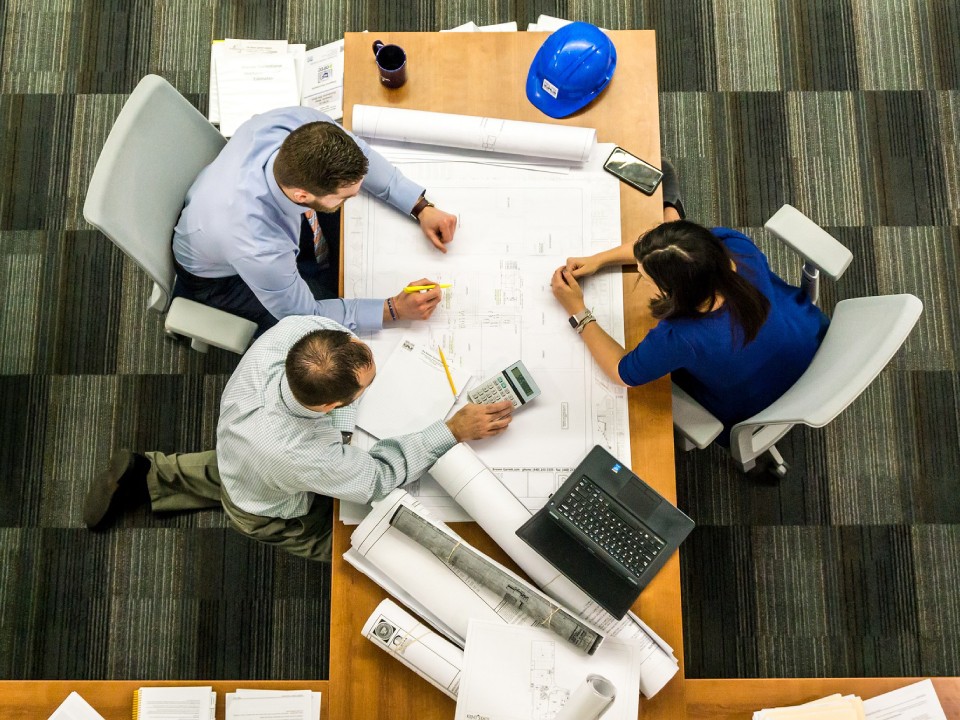
Únicamente cuando la pieza cerámica está en su lugar definitivo de uso es cuando desarrolla su función. Por lo tanto, tan importante es el conjunto de piezas cerámicas como su adecuación al uso al que está destinado. La definición de los requisitos funcionales y reglamentarios, la selección del material, el diseño de superficies o formatos y la validación de las prestaciones son etapas imprescindibles para la incorporación de la cerámica a los proyectos de arquitectura.

